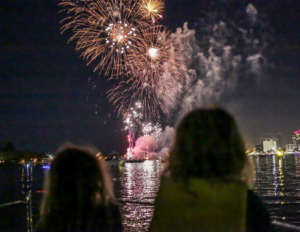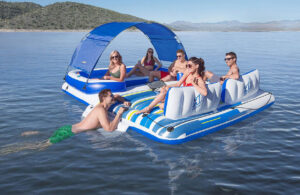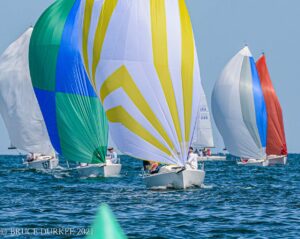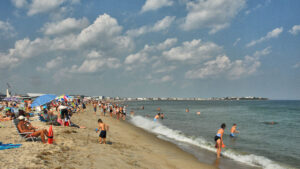Which side of Florida’s Coasts floats your boat: the seaboard with sunrises and big waves or the one with sunsets and gentle waters?
From Fishing Villages to Tourist Towns
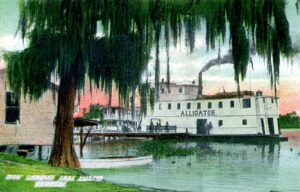
East Coast
Florida was known for agriculture, livestock and seaside villages until the 1860s when Henry Flagler built the Florida East Coast Railway. The first line ran from Fernandina Beach to Cedar Key and ignited a tourism industry that attracted visitors from the Northeast. To this day, this side of the state receives a steady flow of sun seekers down I-95 from Boston, New York, New Jersey, Baltimore and mid-Atlantic cities.
West Coast
Development of the western corridor got a later start than its eastern counterpart. In the 1880s, Henry B. Plant established a transportation system of trains and steamships to link the Gulf’s fishing communities and farms to produce buyers and consumers in the Northeast seaboard. Visitors from the Midwest, especially Chicago, Indiana and Ohio, gravitate to towns along I-75 where they still find that Old Florida vibe.
Waterfront Wining & Dining
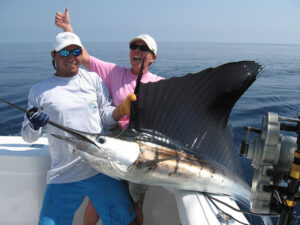
East Coast
The Atlantic’s mighty waves create a haven for water sports along Florida’s East Coast beaches that are teeming with surfboards, jet skis, parasails, kite boards and other active gear. Old shipwrecks in the south draw scuba divers, and the close proximity to the Bahamas tempts boaters to take a jaunt to the Caribbean. Sport fishing is legendary.
West Coast
Warm, Gulf waves roll onto the West Coast’s white sand, creating laid-back, family-friendly beaches. Clearwater, St. Petersburg and others are ranked among the best destinations. Sanibel and Caladesi islands present treasure troves for seashell collectors, and local boaters love to explore secluded islands and drop a line for a seafood dinner.
Let Them Entertain You

East Coast
From polo matches to NASCAR races, sports on the East Coast are high energy. Football fans catch AFC division games with the Jacksonville Jaguars and Miami Dolphins, and college ball is among the best. Urban areas foster a vibrant and diverse cultural scene with performing art centers, museums, music festivals, aquariums and historic sites. Miami’s Art Basel wows the world with modern art displays every year.
West Coast
NFC football buffs watch championship-level play in Tampa Bay, the town that will host the 2021 Superbowl. Tampa Bay Rays baseball entertains you for nine innings at Tropicana Field, or attend The Grapefruit League’s spring training for MLB teams in Dunedin, Clearwater and Fort Myers. Cultural venues vary from galleries and live music to St. Petersburg’s Salvador Dali Museum and Sarasota’s Ringling Museum.
The Surf & the Turf
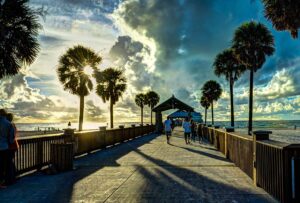
East Coast
Caribbean and Latin immigrants brought their native cuisines to Florida, and their influence is felt in ethnic dishes such as Cuban sandwiches and conch fritters that are now everyday fare. Top chefs also migrated to cities, raising the culinary bar. Look for everything from tiki bars and food trucks to gastro pubs and high-end dining. Florida’s 25 wineries help wash down the delicacies, with the oldest one in St. Augustine crushing Muscadine grapes since 1565.
West Coast
The Gulf’s plentiful bounty of seafood impacts dining on its shoreline. Everything from red snapper to Apalachicola oysters is on display at seafood shacks and wave-to-table eateries. Many chefs, weary of urban living, flock to west coast and Panhandle towns. A booming craft beer industry claims 250 breweries in the state, starting with the Florida Brewing Company first tapping its kegs in Tampa in 1896.


